OCD
OCD
What is OCD?
OCD stands for Obsessive-Compulsive Disorder. It is a mental health disorder characterized by recurring, unwanted, and intrusive thoughts (obsessions) and repetitive behaviors or mental acts (compulsions) that individuals feel driven to perform. These obsessions and compulsions can significantly interfere with daily life and cause distress.
Obsessions are intrusive thoughts, images, or urges that are unwanted and cause anxiety or distress. Common obsessions include fears of contamination, doubts about safety or harm, a need for symmetry or order, or intrusive thoughts of a violent or sexual nature.
Compulsions are repetitive behaviors or mental acts that individuals feel compelled to perform in response to their obsessions. These behaviors are often aimed at reducing anxiety or preventing a feared outcome. Common compulsions include excessive handwashing or cleaning, checking behaviors (such as repeatedly checking locks or appliances), counting or repeating certain words or phrases, or arranging objects in a specific order.
Individuals with OCD often recognize that their obsessions and compulsions are excessive or irrational, but they feel unable to control or stop them. The cycle of obsessions and compulsions can be time-consuming, causing significant distress and interfering with daily functioning, relationships, and overall quality of life. OCD is a chronic condition that typically begins in childhood, adolescence, or early adulthood. It is believed to be caused by genetic, neurological, and environmental factors.
Treatment for OCD often involves a combination of medication (such as selective serotonin reuptake inhibitors, or SSRIs) and cognitive-behavioral therapy (CBT), specifically a type of CBT called exposure and response prevention (ERP). ERP involves gradually exposing individuals to their obsessions and preventing the accompanying compulsions, helping them learn to tolerate the anxiety and reduce the need to engage in compulsive behaviors. If you or someone you know is experiencing symptoms of OCD, it is important to seek help from a mental health professional for an accurate diagnosis and appropriate treatment.
The presence of obsessions and compulsions characterizes Obsessive-Compulsive Disorder (OCD).
Here are some common symptoms of OCD: Obsessions:
- Fear of contamination or germs
- Unwanted and intrusive thoughts of violence, harm, or aggression
- Excessive concern with order, symmetry, or exactness
- Intrusive thoughts of sexual or taboo subjects
- Fear of causing harm to oneself or others
- Preoccupation with religious or moral ideas
- Persistent doubts or uncertainty
Compulsions Symptoms:
- Excessive handwashing or cleaning
- Checking behaviors (e.g., repeatedly checking locks, appliances, or personal belongings)
- Counting or repeating certain words, phrases, or actions
- Arranging objects in a specific order or pattern
- Mental rituals, such as repeating specific thoughts or prayers
- Need for reassurance or seeking constant validation
- Hoarding or excessive collecting of items It is important to note that these symptoms can vary in severity and may differ from person to person.
Individuals with OCD often experience significant distress and anxiety related to their obsessions and compulsions. They may spend significant time engaging in these behaviors, which can interfere with daily functioning, relationships, and overall quality of life. If you or someone you know is experiencing symptoms of OCD, it is important to seek help from a mental health professional for an accurate diagnosis and appropriate treatment. OCD is a treatable condition, and with the proper support, individuals can learn to manage their symptoms and improve their quality of life.
OCD treatment
Cognitive-behavioral therapy (CBT) is the most effective form of therapy for treating OCD. Specifically, a type of CBT called exposure and response prevention (ERP) is considered the gold standard treatment for OCD.
ERP involves gradually exposing individuals to their obsessions or situations that trigger their anxiety and preventing the accompanying compulsions or rituals.
During ERP therapy, individuals work with a therapist to create a hierarchy of feared situations or triggers, starting with those that cause mild anxiety and gradually progressing to more challenging ones. Through repeated exposure to these triggers, individuals learn to tolerate the anxiety and resist the urge to engage in their compulsive behaviors. Over time, this helps to break the cycle of obsessions and compulsions and reduce the anxiety associated with them.
In addition to ERP, CBT for OCD may also include other techniques, such as cognitive restructuring, which involves challenging and modifying unhelpful thoughts and beliefs related to OCD. Mindfulness-based approaches may also be incorporated to help individuals develop greater awareness and acceptance of their thoughts and feelings without judgment.
Medication, specifically selective serotonin reuptake inhibitors (SSRIs), is often used in conjunction with therapy for OCD. SSRIs can help reduce the severity of symptoms and improve overall functioning. Working with a mental health professional to determine the most appropriate treatment plan for your specific needs is important.
Remember, treatment for OCD is highly individualized, and what works for one person may not work for another. It is essential to seek help from a qualified mental health professional who specializes in OCD to receive an accurate diagnosis and develop a personalized treatment plan.
